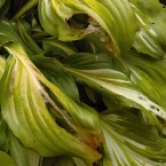As the winter weather intensifies this season and outdoor gardening tasks come to a close, you may be wanting to turn your attention indoors, to where you can care for plants in the warmth of your own home. Raising a bonsai tree is the perfect indoor hobby for anyone who enjoys connecting with nature or creative expression, and a great way to exercise your green thumb during the winter months. Since starting my first bonsai tree about a year ago, I have come to love the patience and calmness that this activity brings me. I hope to pass along some of the gardening tips I’ve learned, as well as motivation for anyone else interested in beginning a bonsai journey of their own.
So, what exactly is bonsai gardening? A bonsai plant can be any species of tree which is grown in a shallow container, and shaped to produce the miniature version of a tree in nature. Bonsai is a Japanese art form which was derived from ancient Chinese practices and influenced by Buddhist philosophy. The practice of bonsai is enjoyed by gardeners all over the world today, as a challenge to one’s skills and artistry and a symbol of peace and balance in nature. While some professionals take years to master the practice, anyone can get started as a beginner in bonsai and experiment with what the art form means to you.

For beginners looking to get started quickly with bonsai, buying nursery stock from a local nursery or bonsai shop is a simple way to achieve a successful tree. These young plants can be grown and shaped right away to start practicing with bonsai care. The professionals at a nursery or bonsai shop can also be a great resource for tips and advice to help beginners. Bonsai trees come in many different varieties, so it is important to choose which species is best for you and your environment. If you’re planning to grow a bonsai indoors, look for a sub-tropical tree species such as Ficus or Jade. For outdoor bonsai, some popular species are Juniper bonsai and Chinese elm.
An equally important decision to start your bonsai is selecting the right pot for planting. Traditional bonsai pots are wide and shallow, with holes for drainage and wiring to keep the tree in place. They are commonly made out of ceramic and come in a variety of colors and designs to suit your aesthetic. Bonsai trees also require the right soil mix for proper health and moisture. Look for a soil made for bonsai with the right mix of akadama, pumice, and lava rock for your tree species.

Now that you know how to start growing your own bonsai tree, let’s get into some basic plant care tips to keep in mind when practicing the art of bonsai. The first and most important step in bonsai care is watering. It’s best to water your tree as needed when you notice the soil is slightly dry, rather than sticking to a strict schedule. I like to water my miniature jade bonsai by submerging it in a container filled with water until the roots are fully soaked, then letting the excess water drain from the pot.
Another helpful tip to keep your bonsai healthy is fertilizing the soil regularly. Because bonsai trees are confined to small pots, it is important to replenish those soil nutrients for a happy bonsai tree. I use a fertilizer specific to tropical bonsai which can be found at a bonsai nursery, and apply a spoonful around the edges of the pot about once a month before watering. Be sure to follow the instructions listed on your bonsai fertilizer for proper use.
A crucial element to the practice of bonsai is pruning and shaping your tree to achieve that signature bonsai look. The way you choose to prune your tree can vary depending on the species and desired shape, but it may take some time to experiment with which techniques you like best. To me, the learning process of pruning is very therapeutic and one of the most fun aspects to growing a bonsai. There are plenty of online resources you can go to for help and inspiration in establishing your bonsai design. In general, here are some guidelines to follow when deciding how to shape your tree:
● A good time to prune your bonsai is about every 2 months when new growth is forming
● Use your fingers to pinch off unwanted leaves from your tree
● Use sharp bonsai scissors to trim or remove certain branches, including those that are too long, dead, crossing, growing upwards, or blocking the view of your tree’s design
● Make your branch cuts close to the main stem/trunk to help incision wounds heal quickly, but be careful to not damage the trunk
● Removing no more than 1/3 of your plant’s foliage will keep it healthy while promoting growth
● Consider the use of bonsai wiring to train and shape tree branches to fit your design. This step should be done with care to avoid damaging your bonsai.

Growing an indoor bonsai tree during the wintertime is a perfect way to bring life and color to your home, and with a bit of patience and care I hope you too will find this commitment to be very rewarding!
Laurel Humphrey, UConn Plant Diagnostic Lab

















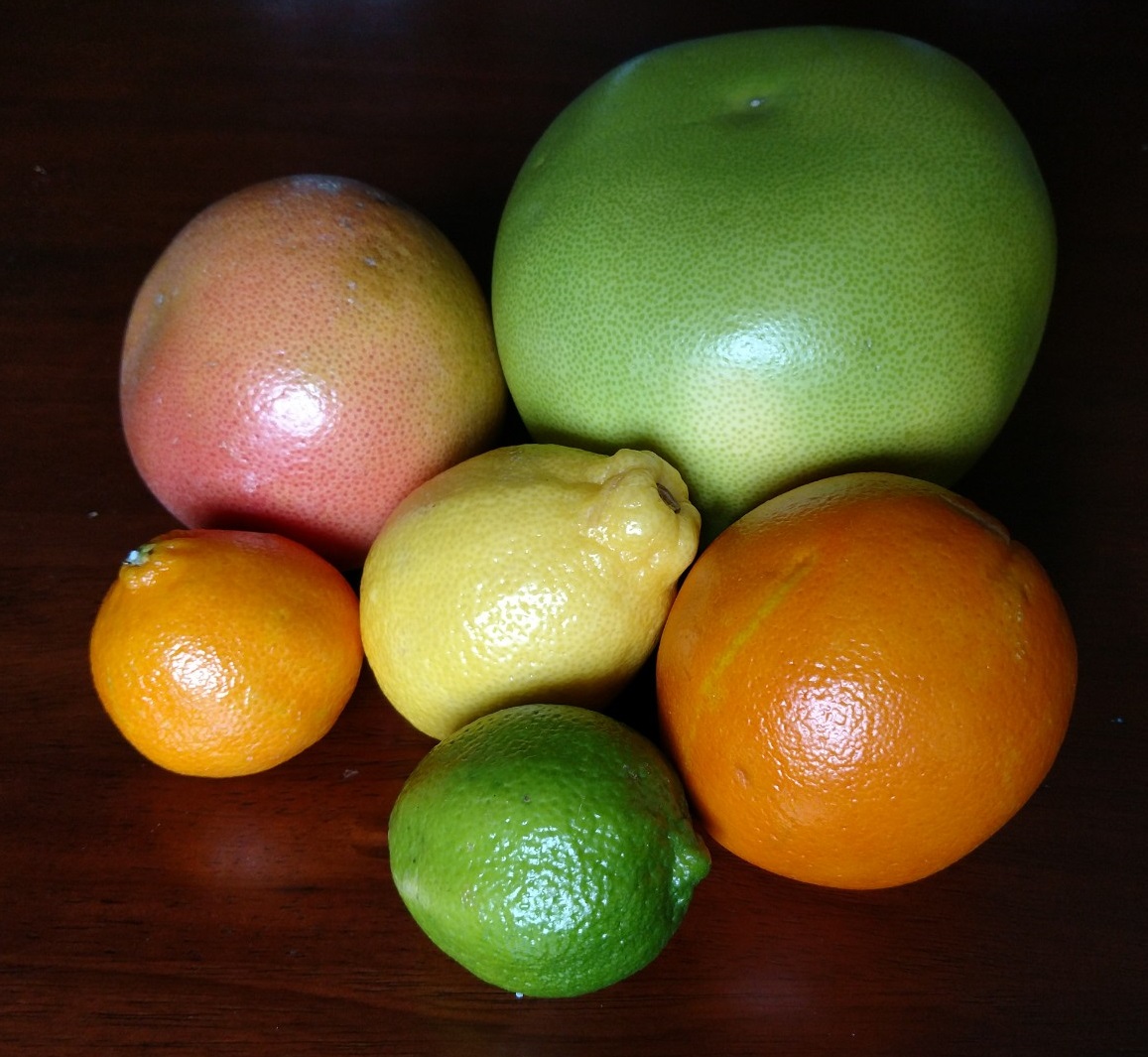
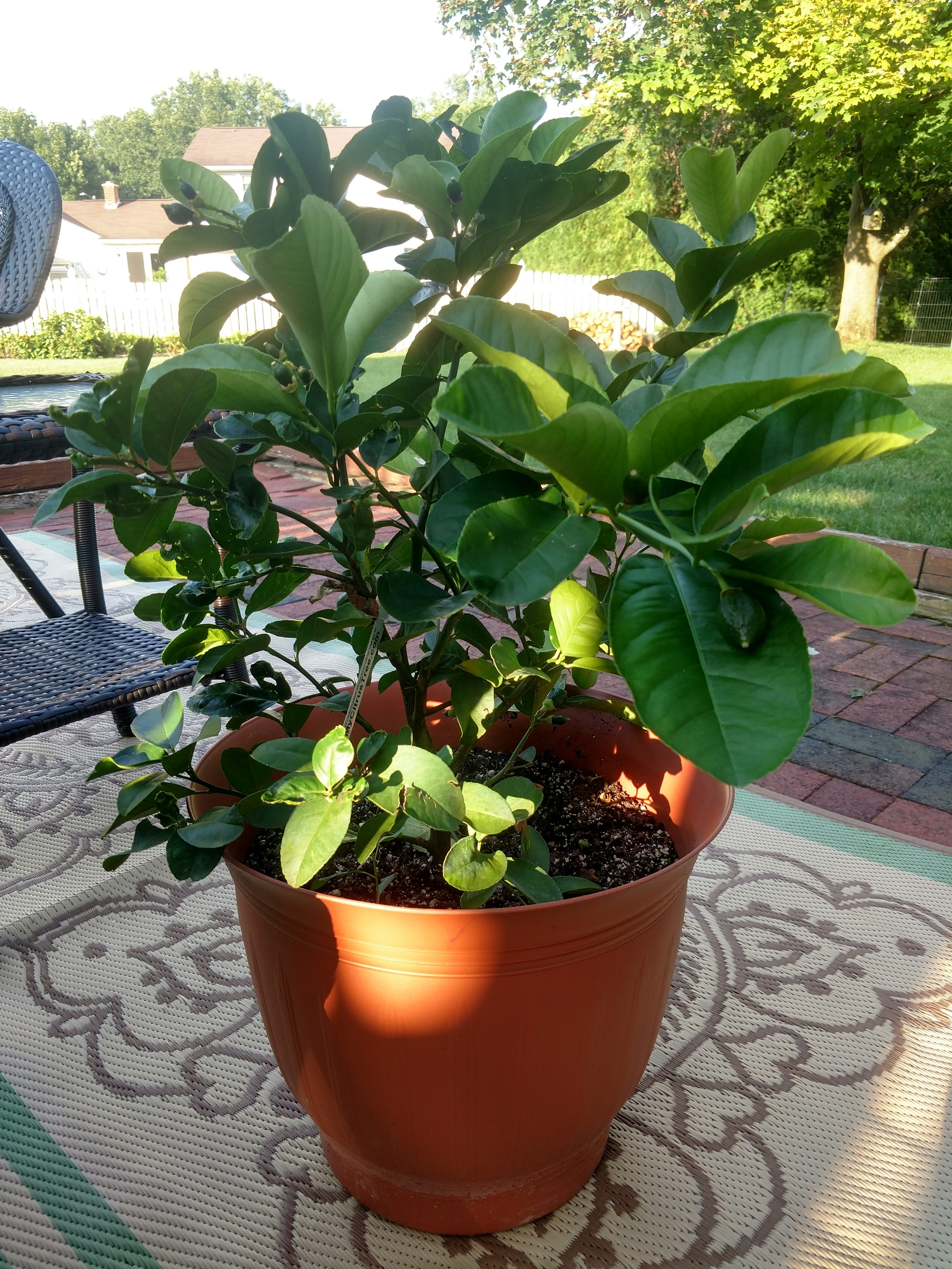
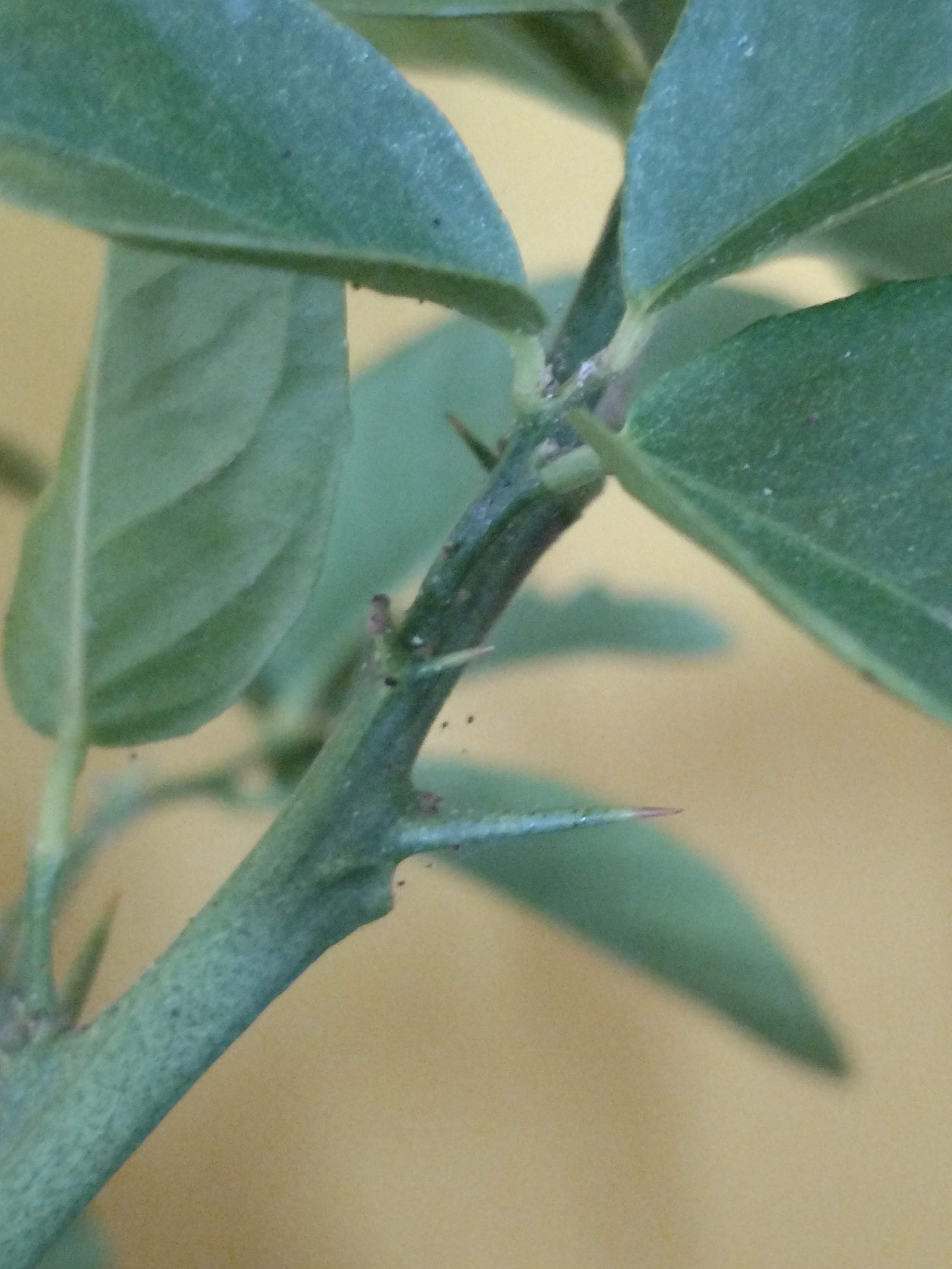





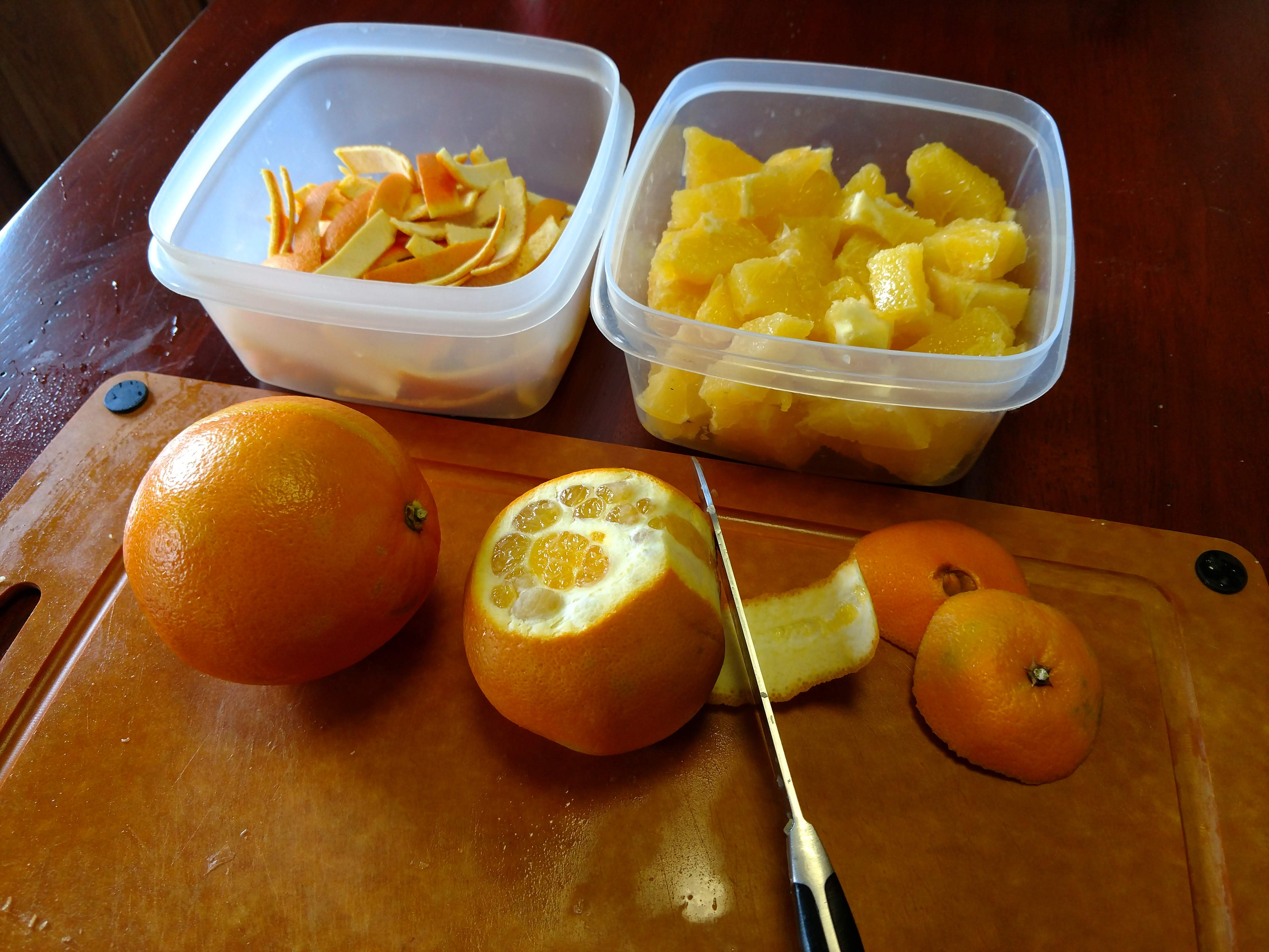
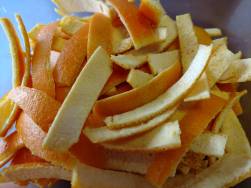



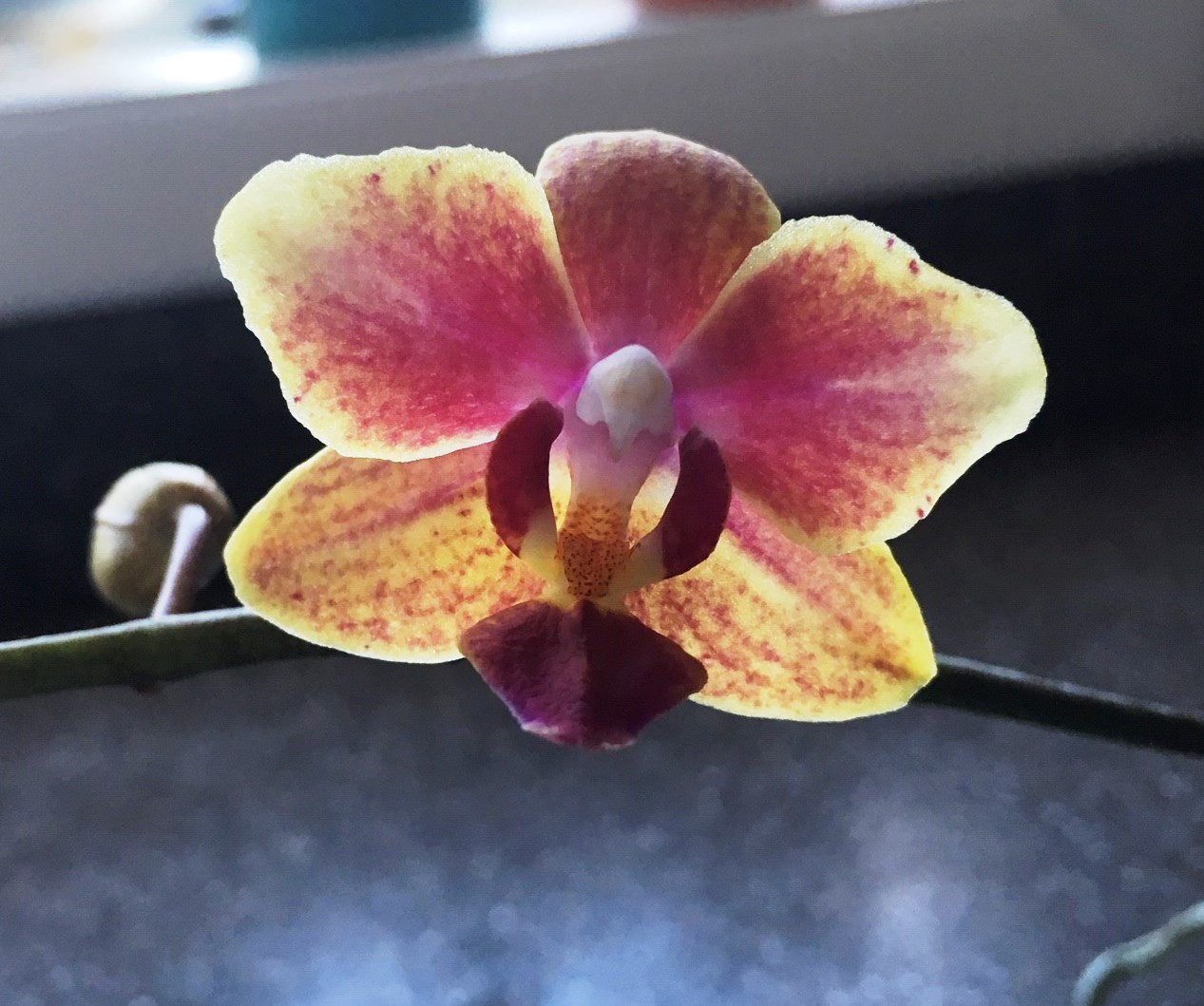






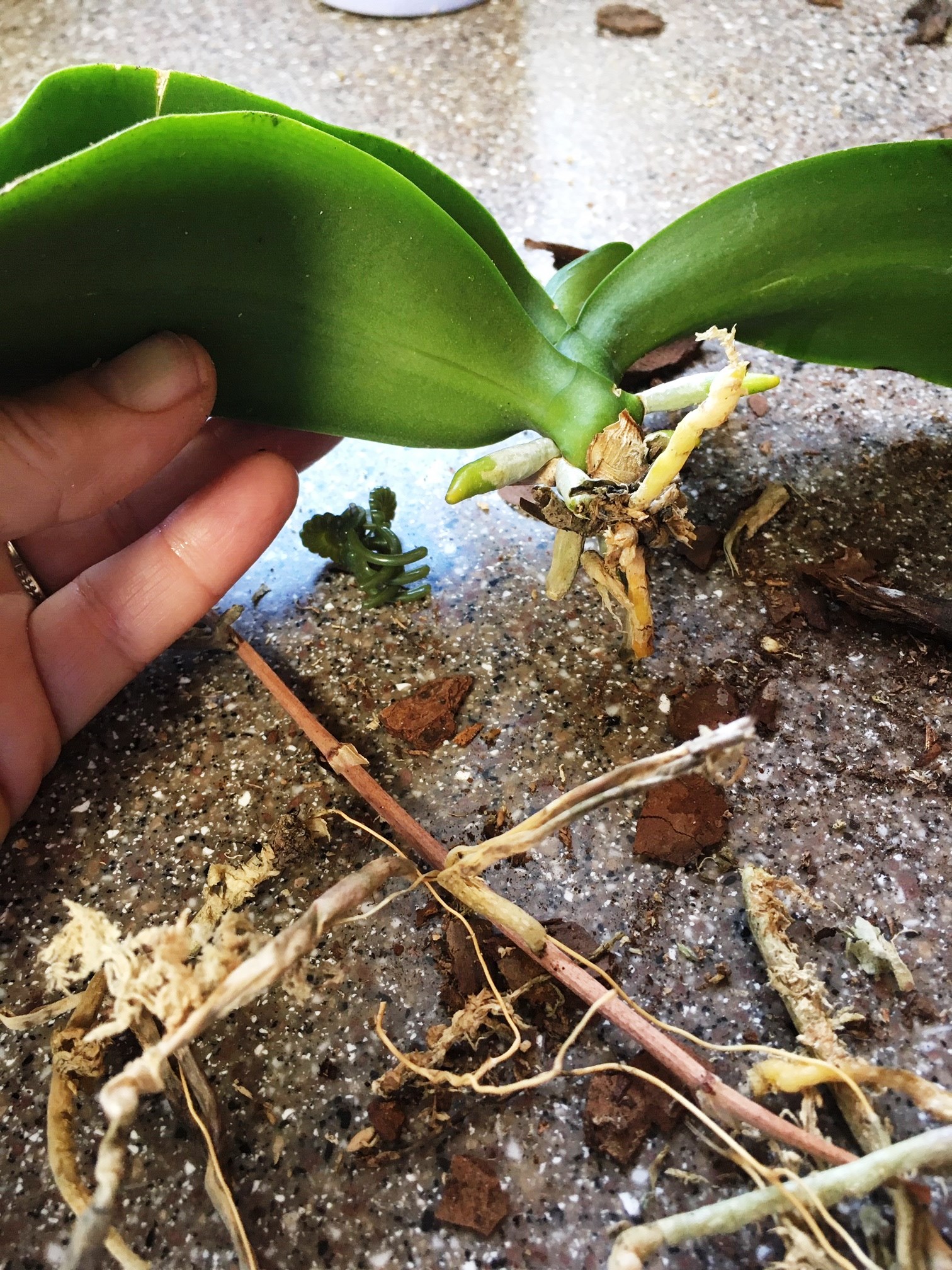
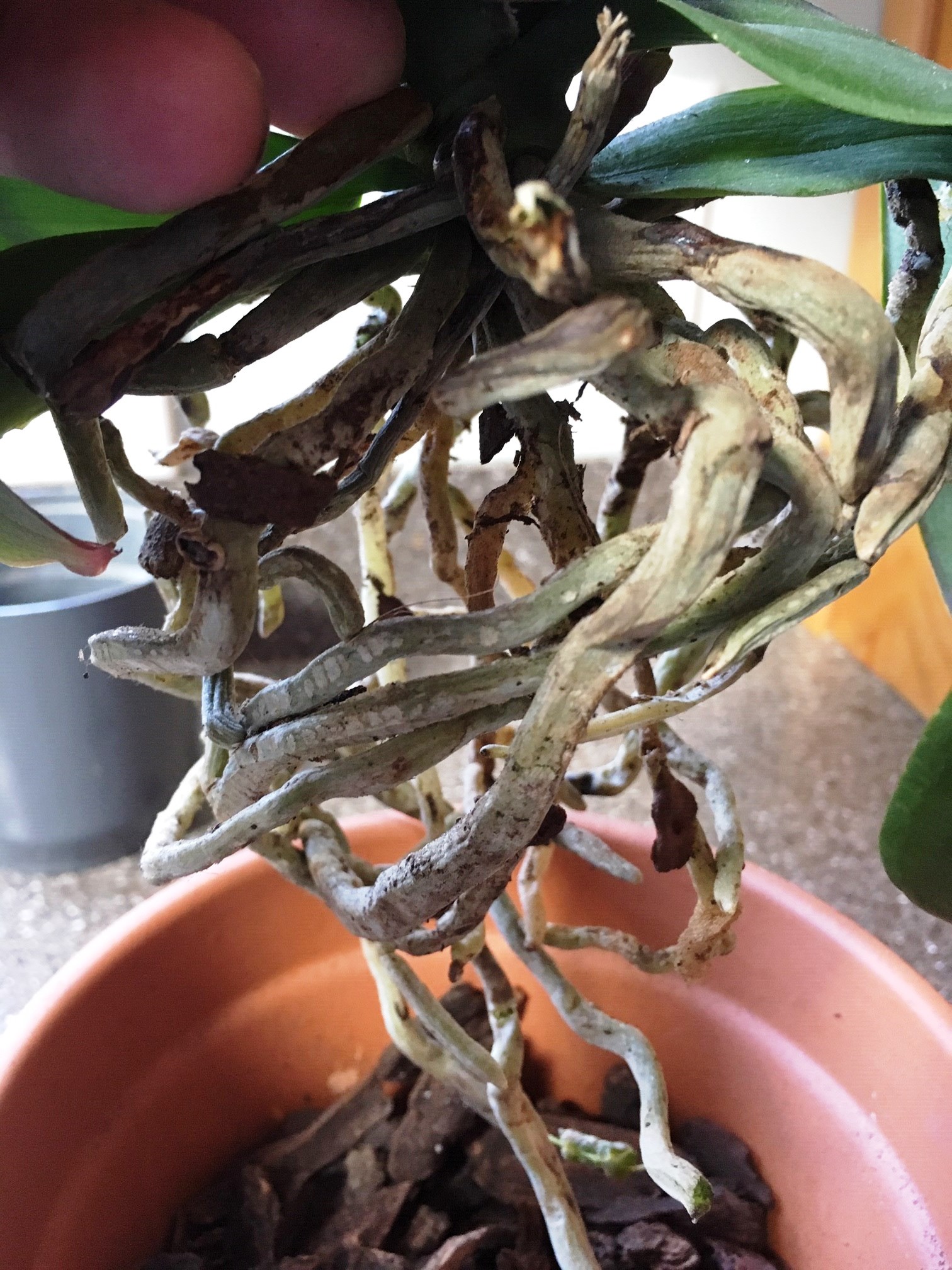

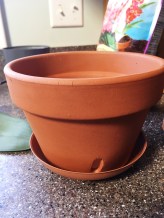






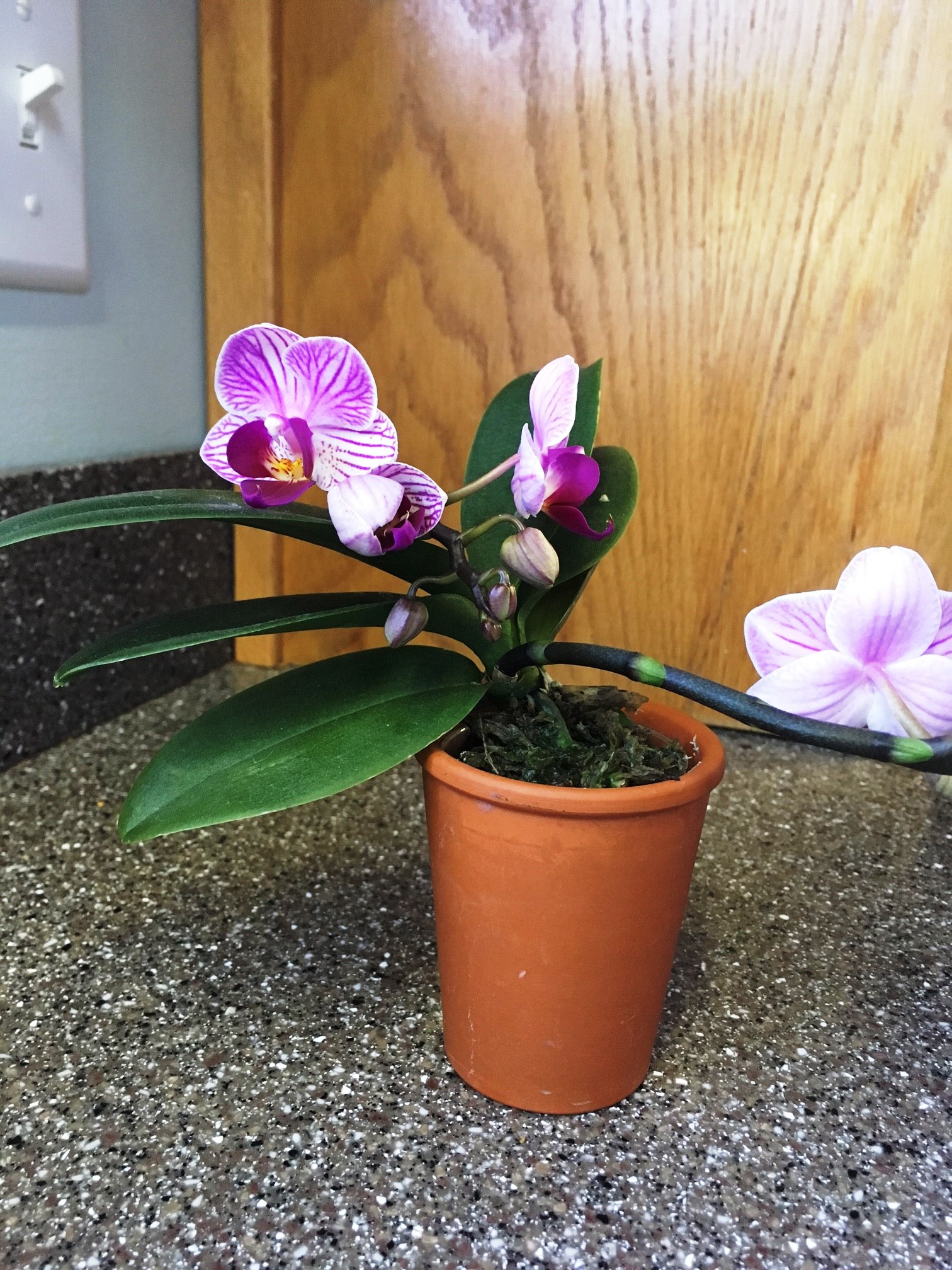

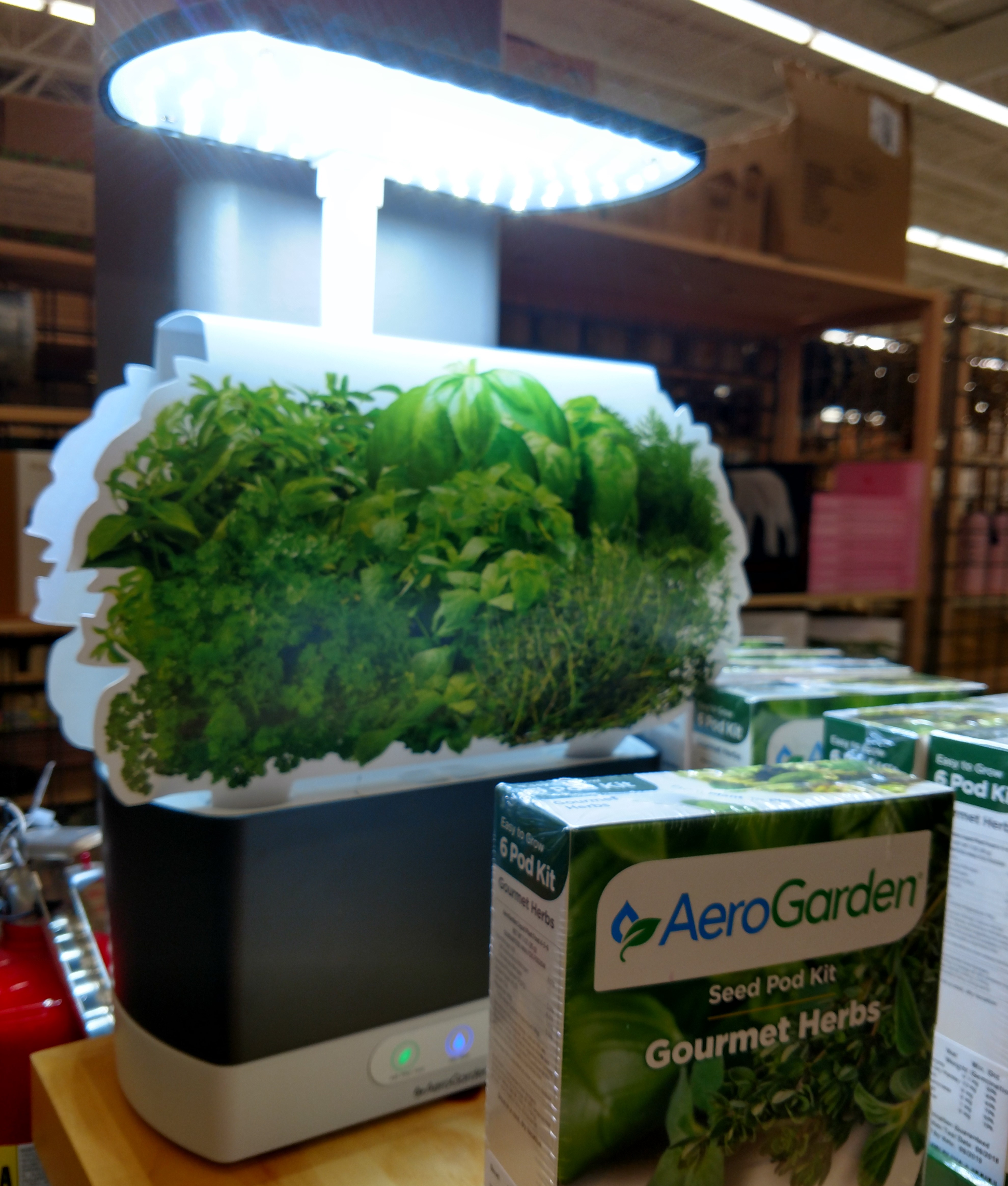






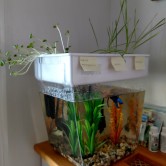






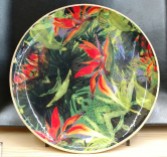












 It has been a very long winter with little sight of spring even though it is the end of March. Normal spring garden chores are difficult to get done as the garden is under snow or still has frozen soil. Although the snow provided a good back drop to see a ring necked pheasant wandering through my yard this past week. They are non-native game birds that are sometimes released for hunting purposes, but flocks rarely survive to create sustained populations, it looks like this male made it through the winter just fine.
It has been a very long winter with little sight of spring even though it is the end of March. Normal spring garden chores are difficult to get done as the garden is under snow or still has frozen soil. Although the snow provided a good back drop to see a ring necked pheasant wandering through my yard this past week. They are non-native game birds that are sometimes released for hunting purposes, but flocks rarely survive to create sustained populations, it looks like this male made it through the winter just fine.






























